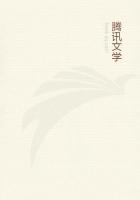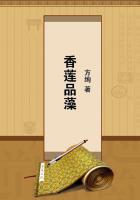Before proceeding to examine the month and day,let us consider the year A.D.of the battle.
Paes describes two grand festivals at the capital of which he was an eye-witness,and at which Christovao de Figueiredo was present.He fixes definitely the days on which these occurred.The first was the nine-days MAHANAVAMI festival,and the second was the festival of the New Year's Day.Paes states that on the occasion when he was present the MAHANAVAMI began on September 12("ESTAS FESTAS SE COMECAO ADOSE D魽S DE SETEBRO E DURAO NOVE DIAS"[216]),and the latter began on October 12("ENTRAMDO O MES D OUTUBRO A OMZE DIAS AMDADOS D ELE...NESTE DIU COMECAO O ANNO,E DIA D ANNO BOM ...COMECAO O ANNONESTE MES COM A LUA NOVA,E ELLES NAO CONTAO O MES SE NAO DE LUA ALUA").[217]Previously to this,when writing about Raichur,Paes has described that place[218]as a city "that formerly belonged to the king of Narsymga (I.E.Vijayanagar);there has been much war over it,and THIS KING took it from the Ydallcao"(Adil Shah).The chronicler,therefore,was present at these feasts on an occasion subsequent to the date of Krishna Deva's conquest of Raichur.
Now the MAHANAVAMI festival begins in these tracts on the 1st of the month of Asvina,and the New Year's Day in the time of Paes was evidently celebrated on the 1st of the month Karttika,as was often the case in former years both days being the days following the moment of new moon.In what year,then,during the reign of Krishna Deva Raya,did the 1st of Asvina and the 1st of Karttika fall respectively on September 12and on October 12?I have worked these dates out for all the years of the reign,and I find that in no year except A.D.1520did this occur.In 1521the MAHANAVAMI fell on September 2,and the New Year's Day on October 1;in 1522the former fell on September 20,and the latter on October 20.This shows that Paes assisted at the festivals of A.D.1520,and that therefore the battle and capture of Raichur must have taken place before the month of September in that year.
This again throws fresh light on the magnificent reception accorded to Christovao de Figueiredo by the king,and the latter's exceptional kindness to the Portuguese at the time of these feasts.[219]Krishna Raya cherished an especial fondness for Christovao on account of his invaluable aid at the siege of the city,and for the fact that but for him the war might have lasted much longer.
Let us now turn to the other Portuguese writers,and see whether they confirm our date,1520,for the fall of Raichur.
The decision of this question turns mainly on the date when the Portuguese obtained the mainlands opposite the island of Goa,consisting of the tracts called Salsette,Ponda,and Bardes.It seems certain that this capture of the mainlands took place by Krishna Deva's connivance shortly after the fall of Raichur,at a time when Diogo Lopes de Sequeira,the governor-general,was away at the Red Sea,and when Ruy de Mello was governor of Goa.Now Sequeira left Goa for the Red Sea on February 13,A.D.1520,and arrived again before Diu in India on February 9,1521.
Castanheda tells us (and he is a good authority,since he was in India in 1529)that while Sequeira was absent at the Red Sea war broke out between the king of Vijayanagar and the Adil Shah,[220]at the close of which the latter was defeated and put to flight,while the Hindus took Raichur and other places "so that many of the TANADARIS[221]near Goa on the mainland were left undefended.And since the king of Narsinga was very rich,and had no need of these lands,and wanted that all the horses that came to Goa should come to him and none to the HIDALCAO,he sent to say to Ruy de Mello,captain of Goa,that he had taken Belgaum by force of arms from the Hidalcao,with all the land appertaining to it as far as the sea,in which were TANADARIS yielding more than 500,000gold pardaos,of which he desired to make a present to the king of Portugal ...and that he wanted all the horses that came to Goa.He therefore said that the captain of Goa could enter and take possession of the TANADARIS."This was immediately done,and Ruy de Mello took possession of the mainland of Goa,including Salsette,in ten days.
Correa,who was in India at the time,having gone thither in 1512or 1514,mentions[222]that de Sequeira left Goa for the Red Sea in January 1520,and that "at that time"(NESTE TEMPO --the expression is unfortunately vague)war broke out between Vijayanagar and Bijapur.After its close the Hindu king sent a message to "Ruy de Mello,captain of Goa,"in the absence of the governor-general,regarding the mainlands of Goa.Correa does not mention distinctly the year in which this occurred,but the edition of 1860at the head of the page has the date "1521."This,however,must be an error on the part of the editor,for in May 1521Sequeira was not absent,and therefore the year referred to cannot be 1521;while in May 1522Dom Duarte de Menezes,and not Sequeira,was governor-general.[223]
Sequeira sailed for Portugal January 22,A.D.1522.















